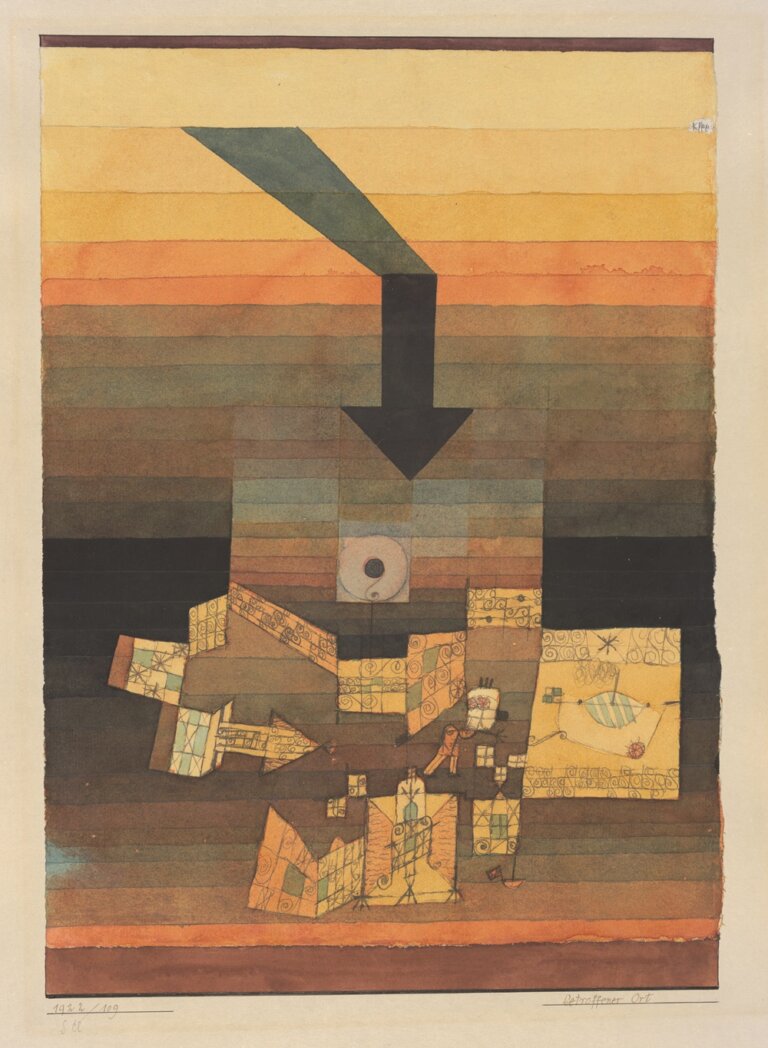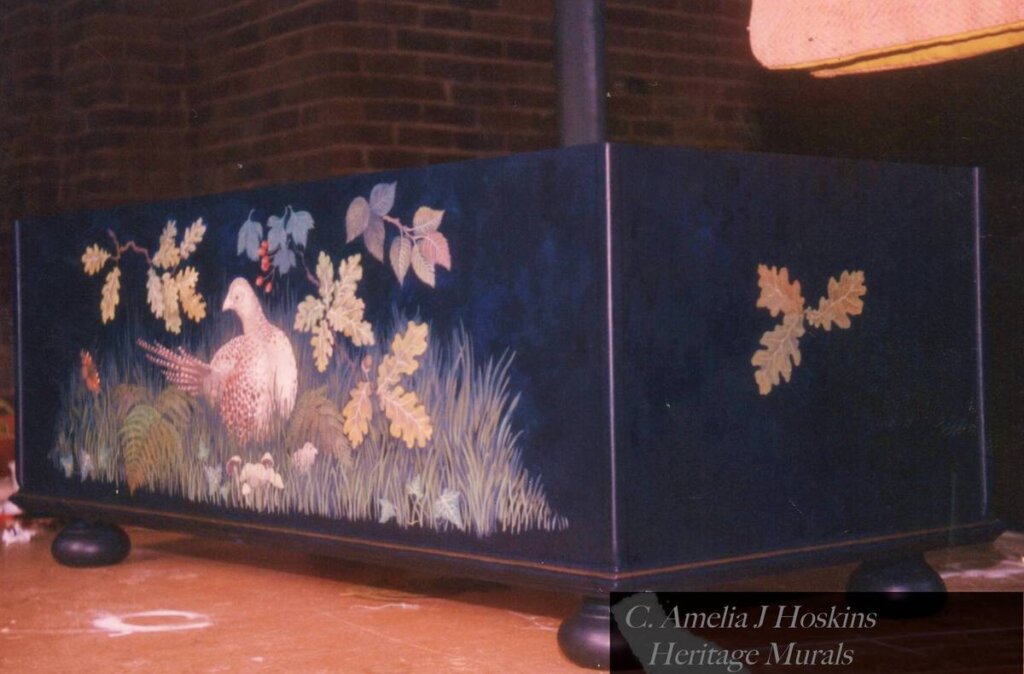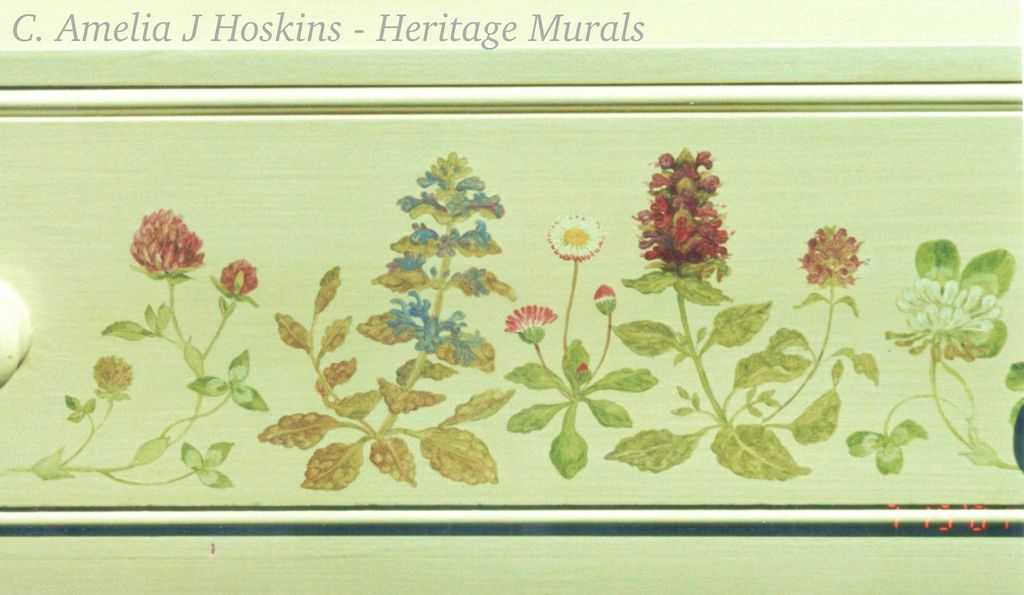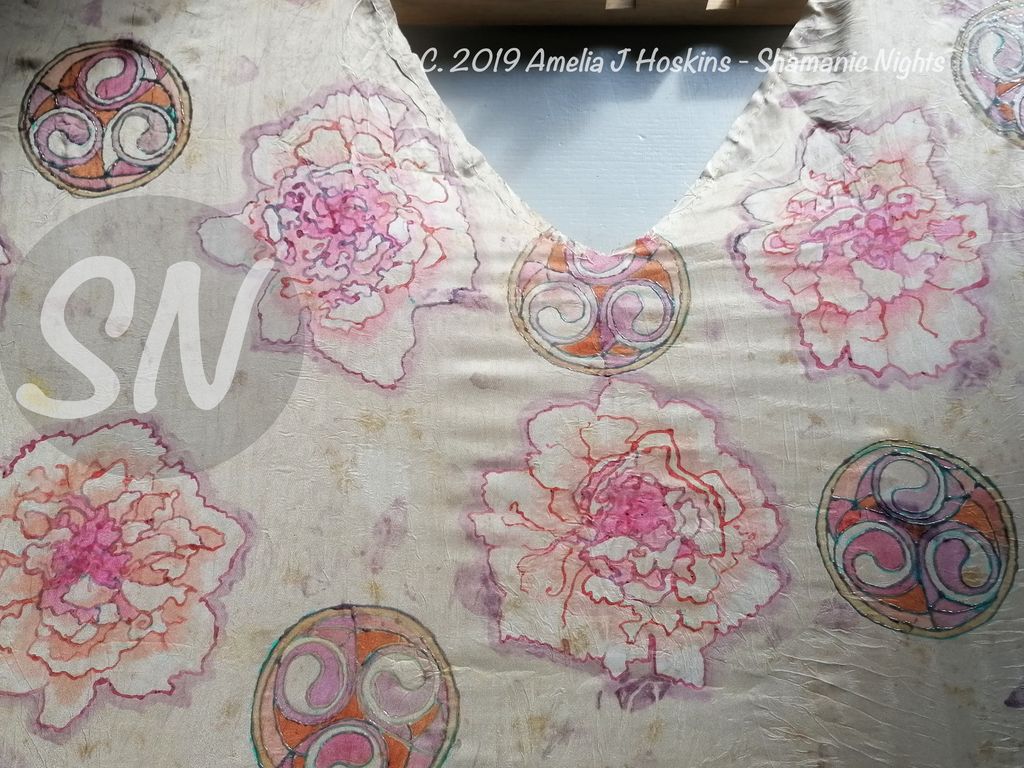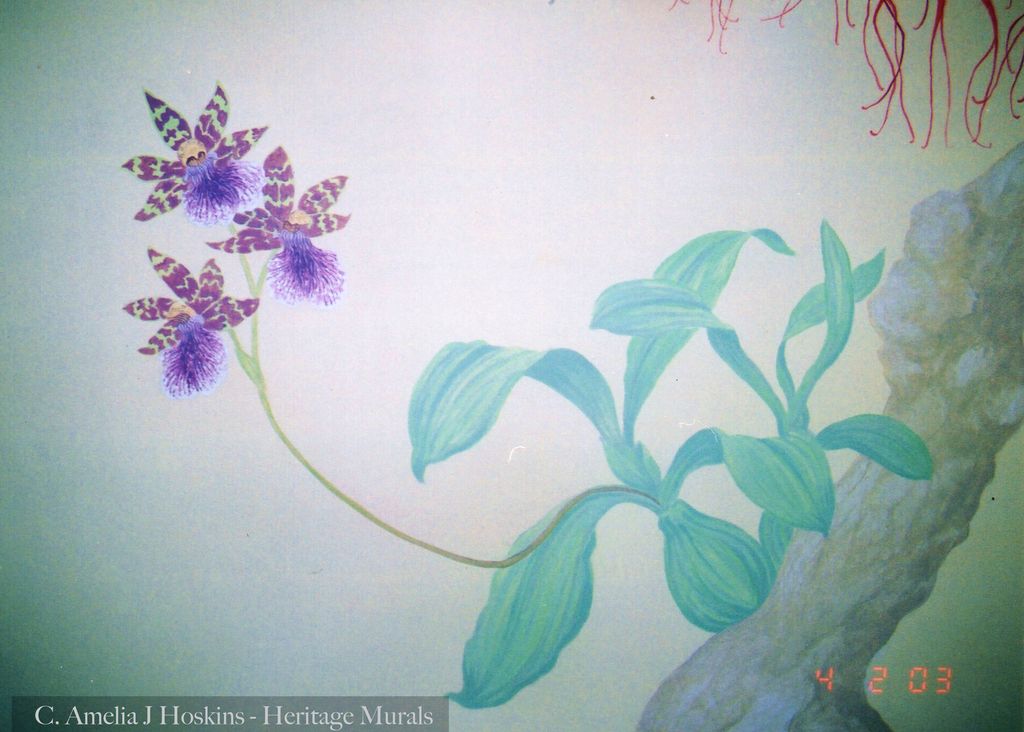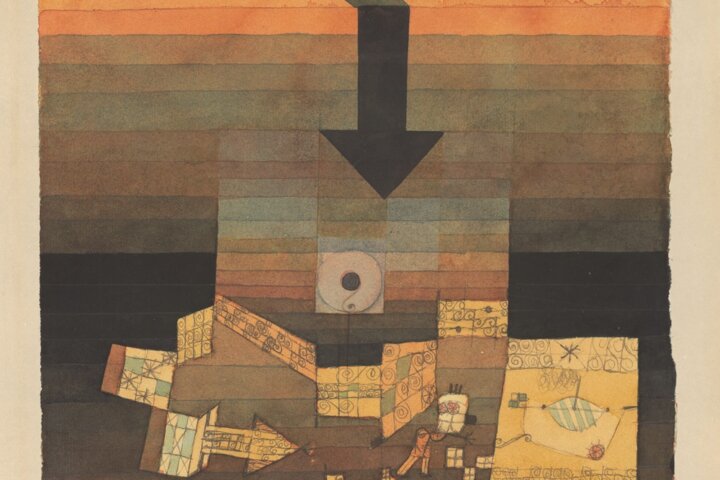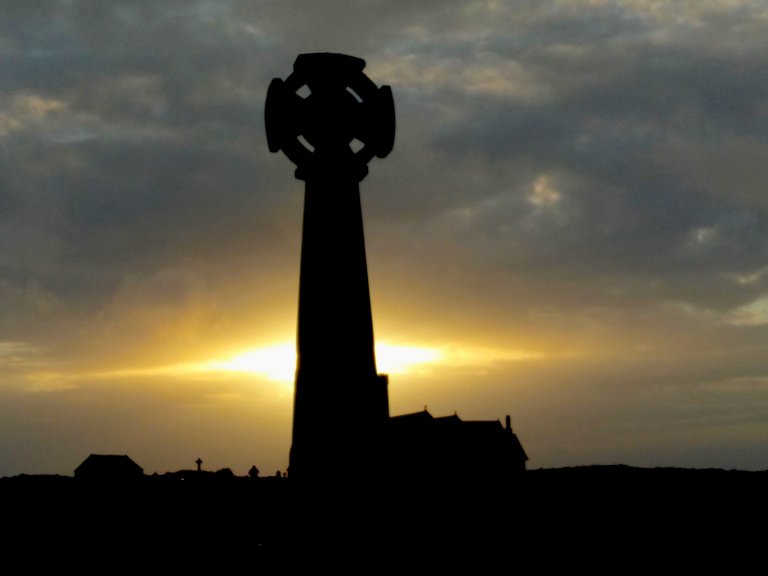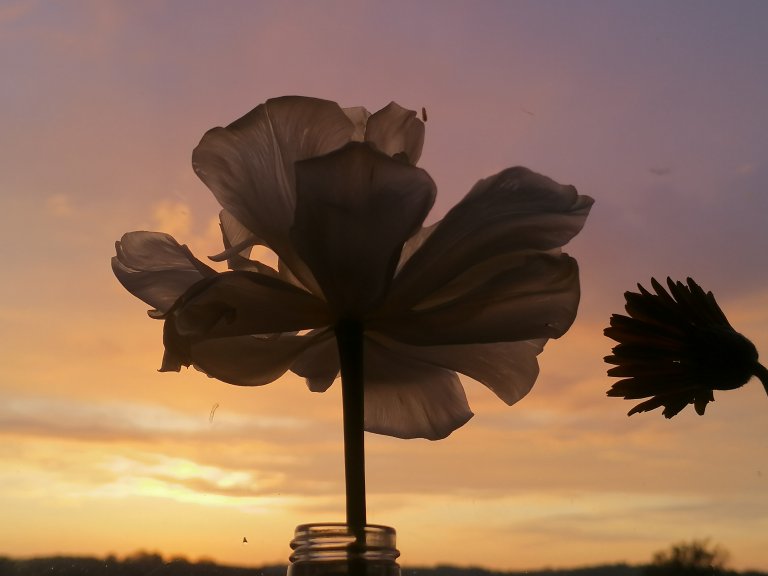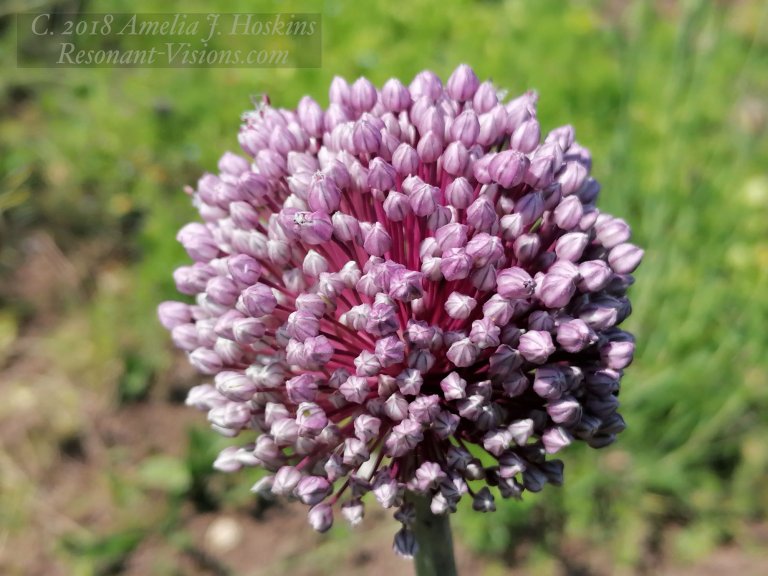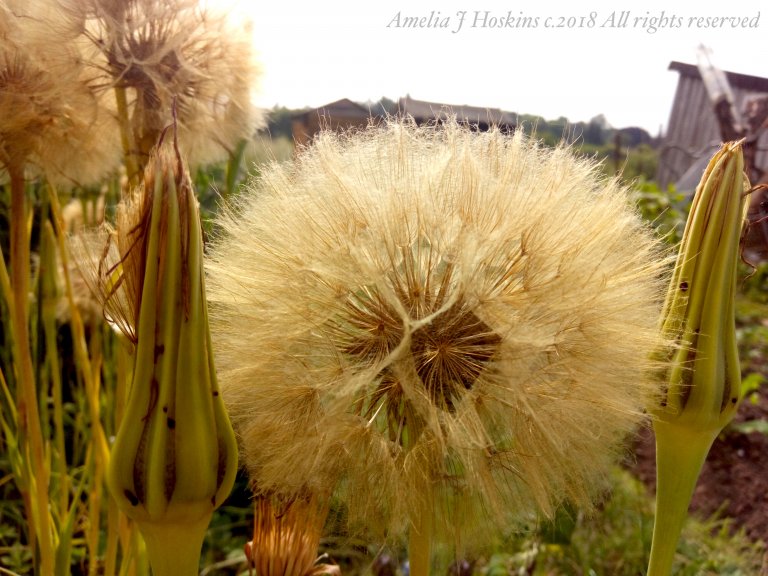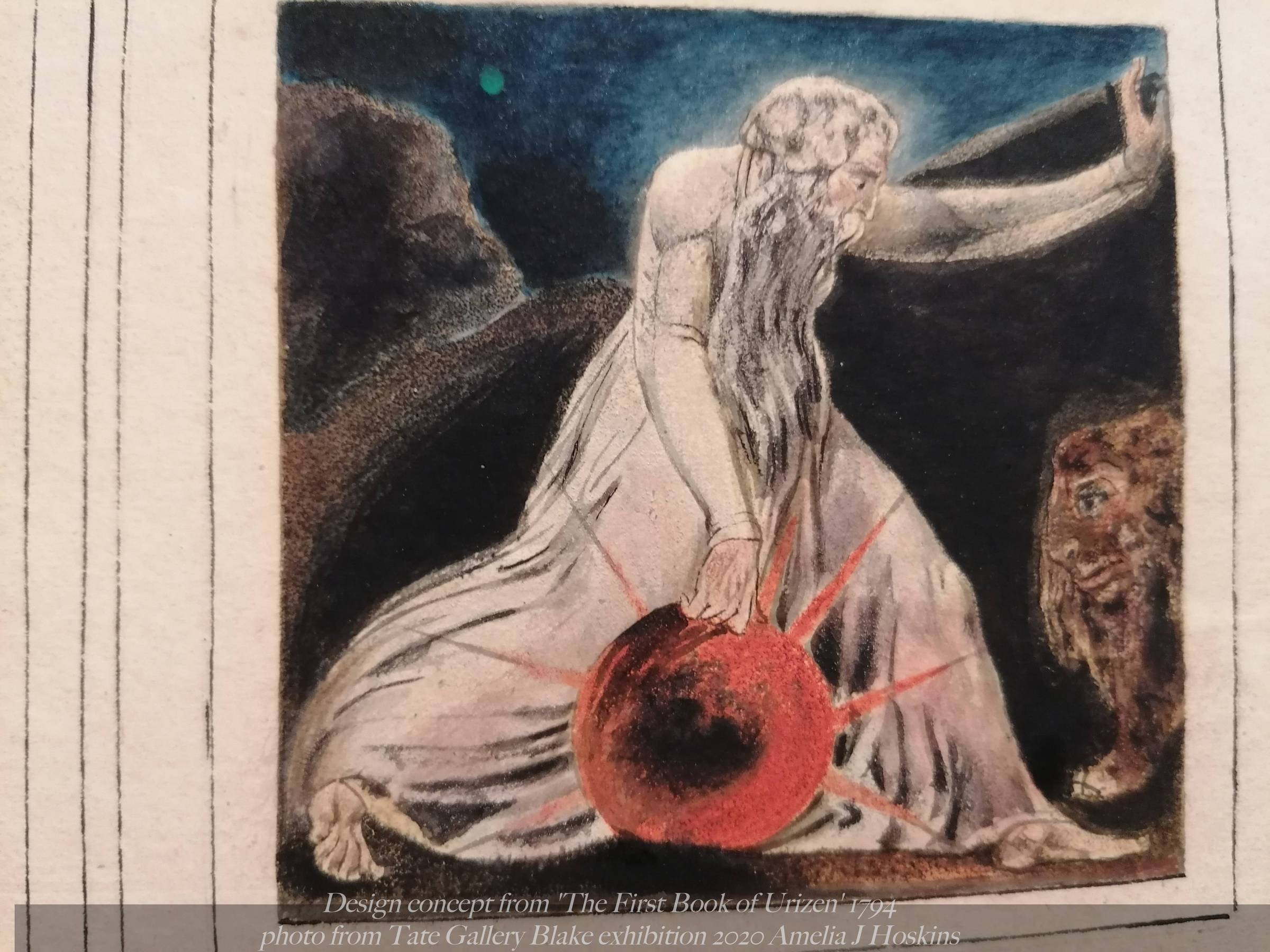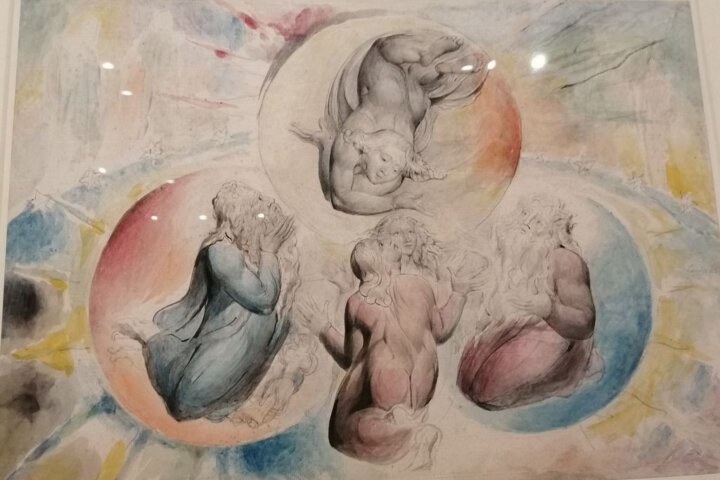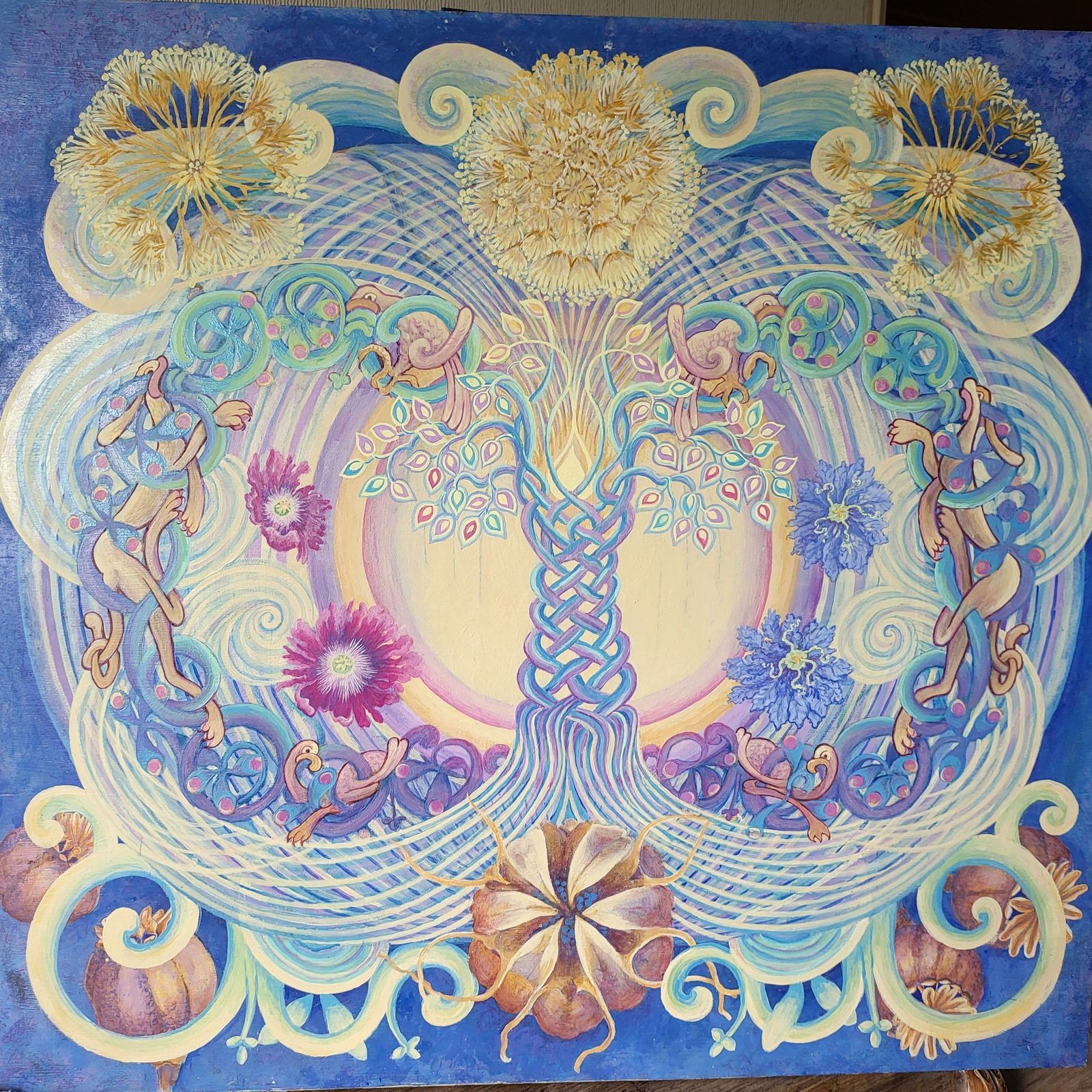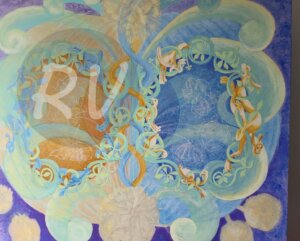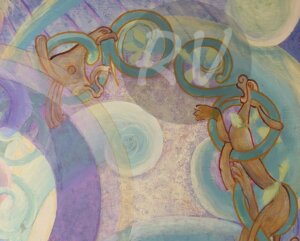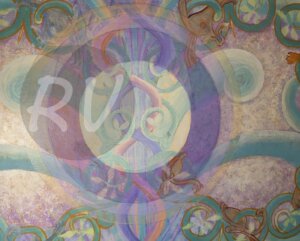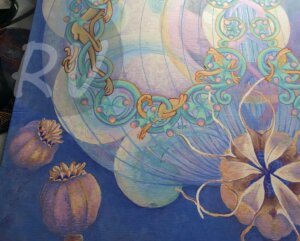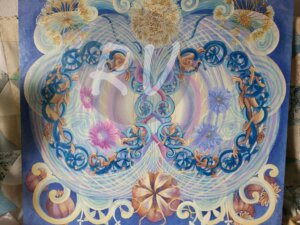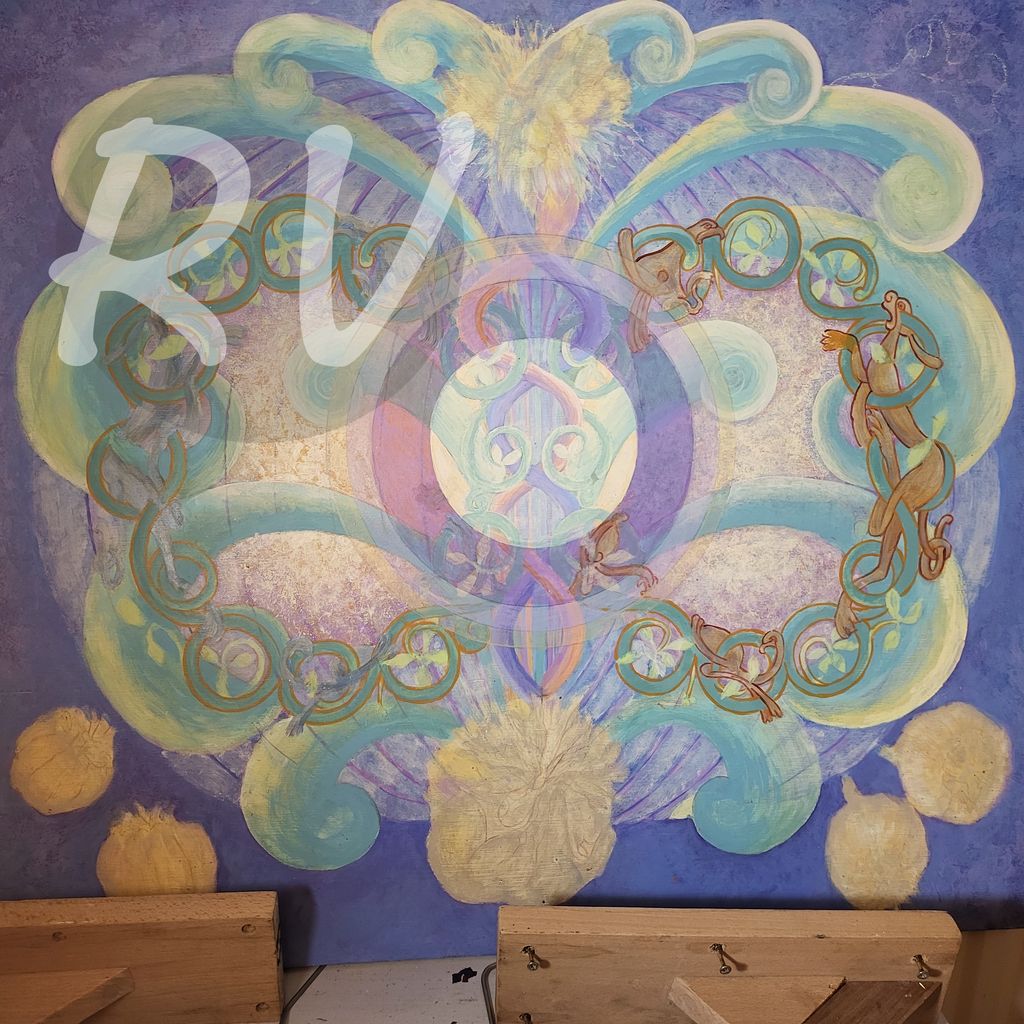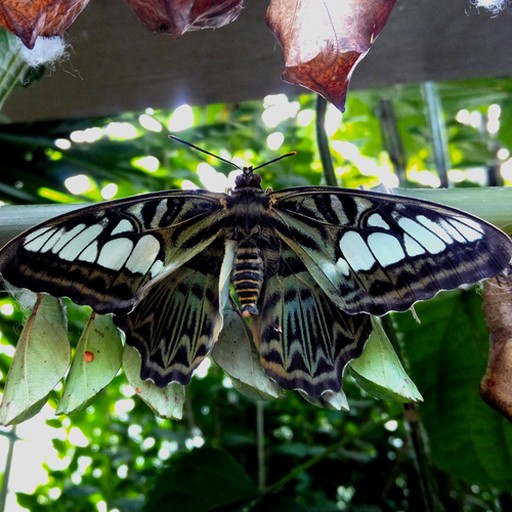To Hell with Culture
Image credit: 'The Arrows Mean Death' from Klee's wartime paintings news.artnet.com
PAUL KLEE - Swiss artist and director of the Bauhaus
In Paul Klee's image above, there is an abstraction of shapes, forms and lines, but there remains an overall vitality of complete difference in idea from any gone before. Klee's ability to 'take a line for a walk' (a title of his book) has varied approaches here: The smaller images appear to be rooms with life of some kind, or symbols of fragmented civilization, likely symbolic of war damage. One small dark hole within a grey circle could be a 'bullet hole'; while the large dark arrow, although basically a line with a head, takes on an ominous meaning, as the bringer of death (we know from the title) to the ensemble on the lower plane. The arrow breaks out from a lined sky section which could symbolise a war plane. There are very different war artists and if this painting can be considered amongst them, Klee has used his metaphysical awareness transposed into line, colour and pattern to create this fascinating image. The title and finished work draw us into further perception, as they are a mystery of the artist's mind; while all the while Klee is very much a designer with an eye for balance, proportion and harmony, which this picture has.
Sir Herbert Read, writer on art and philosophy, on Klee:-
"He escaped by way of nature, and there is a whole phase of his work, round about 1908-12, which might be described as impressionistic. But he knew the truth of that saying of Meister Eckhart :
" If you seek the kernel, then you must break the shell. And likewise if you would know the reality of Nature, you must destroy the appearance, and the farther you go beyond the appearance, the nearer you will be to the essence."
Thereafter every painting by Klee becomes an attempt to express this inner essence. But it is just at this point that he miraculously avoids the pitfall of almost all artists who seek to express the metaphysical. He does not for a moment surrender his artistic integrity—his sensibility."
Read explains abstraction from the artist's internality:
"That does not mean that his art had no relation to the world about him that he was, as we inelegantly say, an " escapist ". It is only an unintelligent and superficial realism that demands of the artist a mechanical reflection of the objects which lie in his field of vision. Nor is it much more intelligent to restrict the artist to what is called an interpretation of those objects - the running commentary of the impressionistic journalist. What history demands in its long run, is the object itself - the work of art which is itself a created reality, an addition to the sum of real objects in the world. Such objects can only come from the artist's own world, the unique world of his own subjective existence. That, of course, is not a vacuum—it is the most crowded receptacle in the universe, and psychology has never plumbed its depths."
"The whole of Klee's life-work was a white energy against the dark background of modern Germany"
Its of interest that a quotation by Max Raphael on the abstraction of Neolithic geometric style, (sited in Read's 'Icon and Idea' ) could just as easily be applied to Klee's painting above! Especially 'detachment' over the whole scene, and 'connection of content and meaning with...life and death'.
synthesis, reflecting the will to create a visual unity out of a multiplicity of elements;
simplicity, indicating the will to build complex structures from a few elements; formal necessity, deriving from the will both to represent and to conceal content in an adequate sign; detachment, arising from the will of the artist to raise himself above all content of the inner and outer worlds, the sensual emotions as well as the physical objects; definiteness, bespeaking the will to embody eternal contrasts in self-evident form; energy, expressing the will to master by magic that which transcends man's physical powers, even life itself; and, finally, connection of content and meaning with two worlds, those of life and death.'
Post title 'To Hello with Culture' taken from a book by Sir Herbert Read, WWI battalion leader and survivor - turned anarchist philosopher against all totalitarianism. Friend of Jung and Orwell.
His profound interest in natural law and art is worth looking at today, in our increasingly totalitarian environments. As many do today, he advocated for decentralization of power, leading to the people organising themselves. As an anti-industrialist, (childhood spent in farm life) he has commonality with William Blake who observed the changing society of a nation covered in 'dark satanic mills' resulting from the 'full steam ahead' progress of the machine and profit.
Its easy to imagine how the experience of war, and especially the brutality of WWI, would cause a thinking man like Read to consider how life should be lived that all may have meaning rather than survival within the rat race of industrialism and its associated bureaucrats.
Film about Read. Interviewed 1956
A gentle spoken man with a great belief in art as a necessity for human wellbeing, but not as a means of lucrative competitiveness .
Read was tired of the old "gigantic boredom" of fine art, therefore an advocate for new, modern art and set up the ICA with Roland Penrose. He believed a better world might come from a wider interest in developing art ideas. (He would not be pleased with the self obsessed, decadent and gender analysing 'art' of today.). Art does indeed tend to reflect the culture of any social engineering which has been financed.
"There is only one plan — the plan of nature. We must live according to natural laws, and by virtue of the power which comes from concentrating upon their manifestation in the individual human mind" ~ Read
In Icon and Idea, Read further describes how the history of art shows a changing attitude or predeliction for art with vitality, or moved towards abstraction and pattern. Paleolithic cave paintings he saw having vitality compared with more geometric Neolithic art. We have no idea he suggests, whether Paleolithic art was a culmination of previous ancient art that could have been geometric, or whether the earliest artists instinctively had vitality to accurately draw their beasts. An artist could have been a shaman, who by the power of his ability could inspire the hunt, for survival. That would make it part of survival ritual and not 'art' as we think of it, as a showpiece. Read explains how abstraction may show advancement:
my intention is to show that in relation to the naturalistic art of the Paleolithic period the geometric art of the Neolithic period represents an extension of aesthetic sensibility, and not, as he (Worringer) has suggested, a contraction.
I can vouch that, as a designer and artist, its easy to produce images of the world, but much harder to conceive from within a coherent abstracted art, with a multiplicity of thought connections. [Link to seed torus painting ADD]
In Coats of Many Colours, Read writes of Eric Gill's thoughts against industrial capitalist society. Gill, like Blake, resolved to earn a living by humble means, as a letter-setter rather than architect.
My socialism was from the beginning a revolt against the intellectual degradation of the factory hands and the damned ugliness of all that capitalist- industrialism produced, and it was not primarily a revolt against the cruelty and injustice of the possessing classes or against the misery of the poor. It was not so much the working class that concerned me as the working man— not so much what he got from working as what he did by working. ~. Gill
Gill considered the place of artists in the machine age: "What the machine cannot do is the " thinking " part, and what distinguishes the artist from the workman is the ability to " think ", a certain faculty which the Germans call Gestaltungsfaehigkei." ~ Gill
William Blake would agree with that. This is the crux of Read's philosophy; that life should be about the vital quality of what you do, and in some way part of a natural law; all things good and true; the thinking which bring activities into form, and from thence developed his interest in philosophy of art. Art is from within, thoughts reflective of culture, which humans bring into being by form. Art activities bring the inside out and are as such a reflection of culture from an era in anthropological perspective.
'.....life must be so ordered that the individual can live a natural life, attending to what is within " ~ Read
